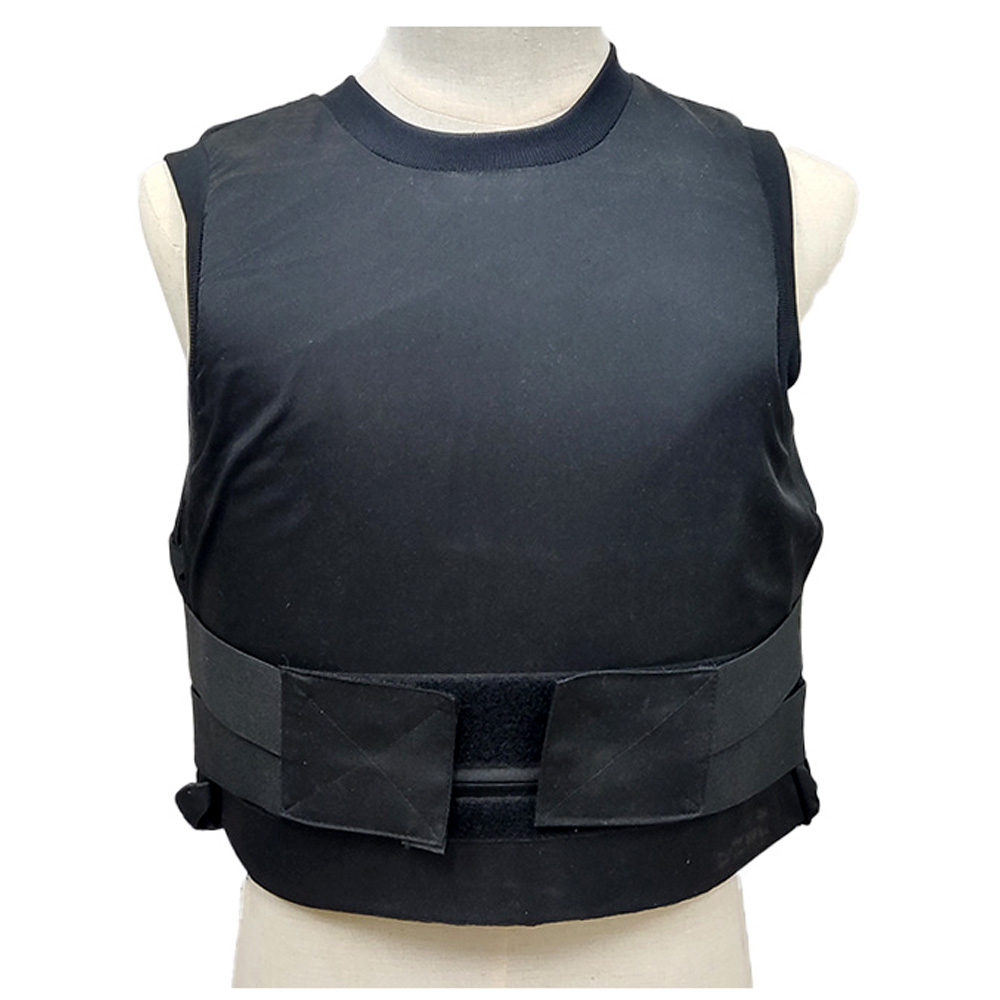Writer: admin Time: 2023-08-01 13:20:47 Browse:
Level IIIA ballistic protection represents a formidable defense solution, offering unmatched safety and security in high-risk environments. This article delves into the features and advantages of Level IIIA ballistic protection, showcasing its capabilities, construction methods, and utilization. By comprehending the unique attributes of Level IIIA armor, individuals can confidently embrace personal safety measures in their respective domains.

Level IIIA ballistic protection stands as a critical classification within the National Institute of Justice (NIJ) ballistic rating system. This rating signifies the armor's ability to effectively halt projectiles from common handgun calibers, including 9mm, .40 S&W, and .44 Magnum, among others. Level IIIA armor showcases remarkable defensive capabilities, surpassing lower-rated options and ensuring heightened protection.
Level IIIA ballistic protection boasts a lightweight and agile design, making it an ideal choice for individuals seeking uncompromising protection without sacrificing mobility. The armor panels are typically constructed using advanced materials like aramid fibers or ultra-high molecular weight polyethylene (UHMWPE). These materials provide exceptional ballistic resistance, allowing wearers to move with ease and flexibility.
Level IIIA ballistic protection encompasses comprehensive body coverage, safeguarding critical areas against potential threats. Common configurations include vests that cover the front, back, and side areas of the torso, with options for additional protection for the shoulders and groin. This comprehensive coverage ensures that vital organs and vulnerable regions remain shielded, fostering a high level of personal safety and peace of mind.
Level IIIA ballistic protection finds extensive applications in various domains, including law enforcement, military operations, security details, and civilian usage. Law enforcement officers frequently rely on Level IIIA armor during routine duties, special operations, and encounters with potential handgun threats. The versatility of Level IIIA protection makes it suitable for individuals facing such risks in their professional or everyday lives.
Level IIIA armor undergoes rigorous testing procedures to meet the stringent NIJ standards. These tests subject the armor to ballistic impact using standardized projectiles and velocities. By evaluating the armor's ability to halt and mitigate the impact of projectiles, these tests ensure its reliability and effectiveness. Compliance with NIJ standards guarantees the armor's performance and reassures wearers of their safety.
While Level IIIA ballistic protection excels against